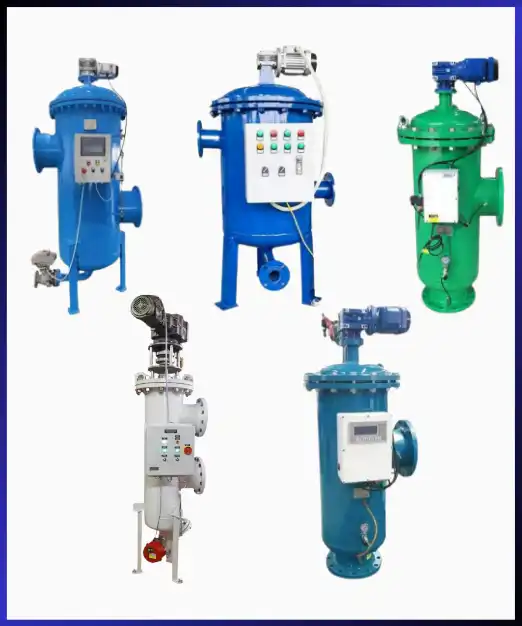lksindustries.info@gmail.com
No.25/C, Parvathy Sankaran Premises, Ayanambakkam, Chennai - 600095
- Home
- Products
- Industrial Strainers
- Industrial Valves
- Gate Valve
- Gear Operated Knife Gate Valve
- Stainless Steel Slide Gate Valve
- 70mm Cast Iron Flanged Gate Valve
- Mild Steel Hand Wheel Operated Gate Valve
- 3/4 Inch Motorized Operated Gate Valve
- 2.5 Inch Cast Steel Gate Valve
- Hand Wheel Operated Knife Edge Gate Valves
- Motorized Operation Knife Gate Valve
- 2 Inch Pneumatic Knife Gate Valve
- Butterfly Valve
- Globe Valves
- Ball Valve
- Non Return Valve
- Foot Valve
- Operated Valve
- Gate Valve
- About Us
- Gallery
- Contact
LKS Industry is a leading supplier of high-quality industrial valves to various sectors including Oil & Gas, Petrochemical, Power Generation, Water Treatment and Manufacturing With many years of expertise.

